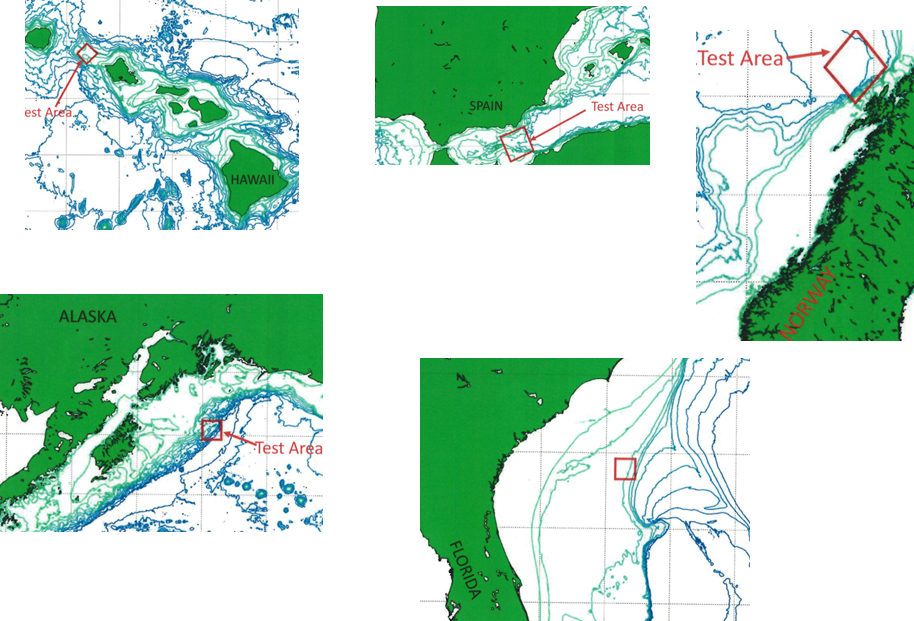|
P.F.J. Lermusiaux, P.J. Haley, C. Mirabito, W.H. Ali Massachusetts Institute of Technology Center for Ocean Engineering Mechanical Engineering Cambridge, Massachusetts
|
P. Abbot, C. Emerson OASIS, Inc. C.-S. Chiu Naval Postgraduate School |
Presentations Model output Comparison with data Data and Simulations Inputs |

|
S-DUCT Project Main Research Page | This research is sponsored by NAVAIR.